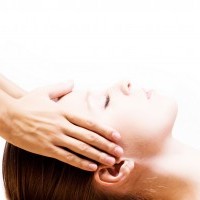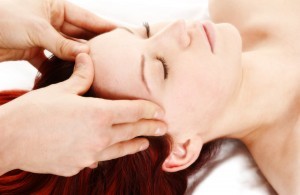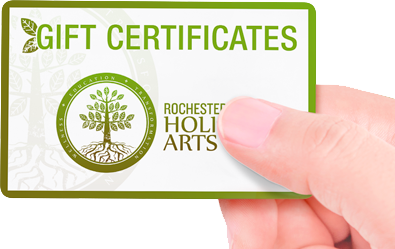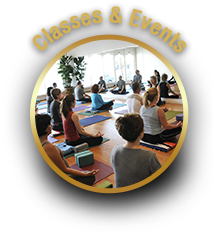
Craniosacral Therapy
60 minutes: $90
Craniosacral therapy is a gentle hands-on alternative medicine 
Craniosacral therapy is usually performed by Osteopaths, Chiropractors, and Massage Therapists it is a variation of Chiropractic and Osteopathic medicine. This treatment involves both gentle massage and manipulation of the bones of the head, spine, and pelvis to increases the flow of cerebrospinal fluid, which can help or even eliminate a number of ailments.
Craniosacral therapists work on the link between the fluid in the head and the sacrum. There is a rhythm to the fluid that flows between these areas and can be detected like a pulse. Balancing the cerebrospinal fluid normalizes, balances, and eliminates obstructions (blockages) in various systems throughout the body. With obstructions removed, the body can function in a healthy manner.
The cranial sacral system serves as a core function for entire body’s health. The body depends on this system for over all well being. As a core function, this therapy has the ability to treat a wide-range of disorders and physical disability, including spinal cord injury ( SCI).
This therapy is used to ease stress in the body and improve physical movement. Also used to help relieve headaches; neck and back pain; problems with the temporomandibular joint (the hinge of the jaw, sometimes called the TMJ) problems; chronic fatigue; poor coordination; eye problems; depression; hyperactivity; attention deficit disorder; problems with the central nervous system, the immune system, and the endocrine system; and many other conditions.

Sessions last from 30 minutes to an hour, most clients find a deep sense of relaxation during and after the treatment session.
During craniosacral therapy, your trained therapist will use a light touch equivalent to a nickel’s weight, to feel the rhythmic motion of the cerebrospinal fluid within the craniosacral system. Therapists check the rate, amplitude, symmetry, and quality of this wave-like motion in places where the craniosacral membrane barrier attaches to bones such as the skull, sacrum and tailbone. Any restrictions or blockages are treated with light-touch adjustments.
We do this by: (1) analyzing the base cranial rhythm, (2) creating a still point in that rhythm at the base of the skull, (3) rocking the sacrum, (4) lengthening the spine in the lumbar-sacral region, (5) addressing the pelvic, respiratory and thoracic diaphragms, (6) releasing the hyoid bone in the throat, and (7-10) addressing each one of the cranial bones. The practitioner may use discretion in using which steps are suitable for each client, and may or may not follow them in sequential order, with time restraints and the extent of trauma being factors.
A restriction in one part of the craniosacral system can affect the entire system, so treatment may involve working at a point distant from the overt symptom. By assisting the hydraulic forces in the craniosacral system and, in turn, improving central nervous system (CNS) functioning, treatment facilitates the body’s innate, self-healing mechanisms.
Dr. William G. Sutherland developed cranial osteopathy in the early 1930s. John E. Upledger, DO, developed craniosacral therapy, a derivative of Sutherland’s work, in the 1970s.







